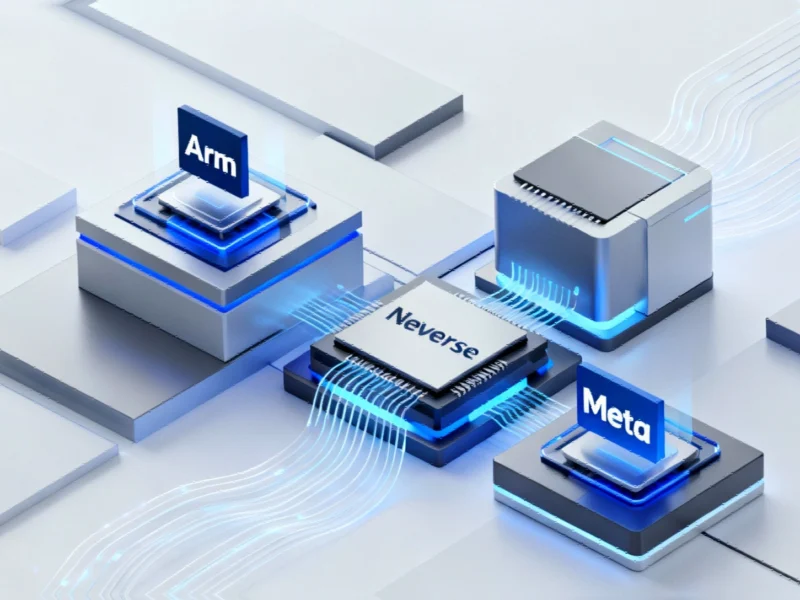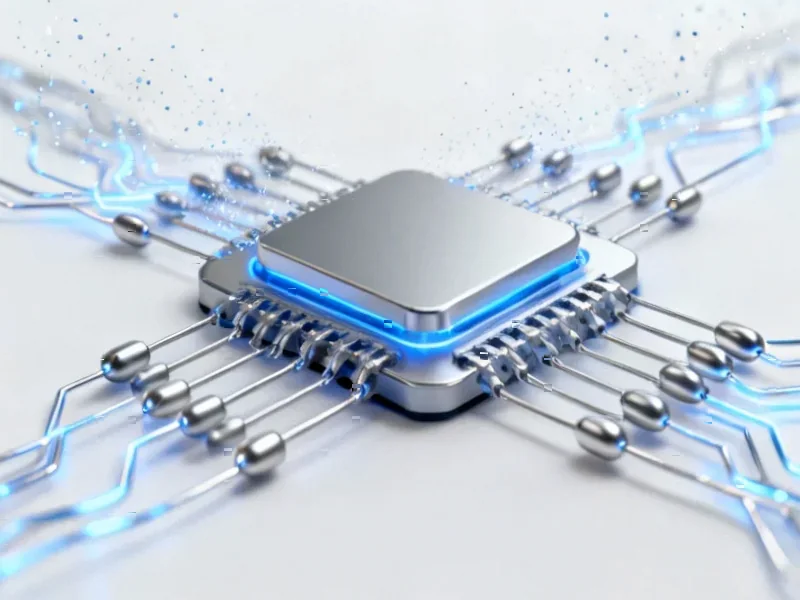According to Wccftech, Samsung’s Galaxy S26 Ultra will feature 10.7Gbps LPDDR5X RAM compared to the Galaxy S25 Ultra’s 8.5Gbps memory, representing a significant bandwidth increase. This upgrade will reduce photo capture time by 20-25% on the 200MP primary camera, resulting in more accurate shots and better night photography with improved noise reduction. The faster memory also enables more stable 8K and 4K video recording with sufficient data stream for higher resolutions. Additional benefits include 30% faster export times, improved HDR, and better portrait images. The newer RAM consumes lower voltage, leading to 10-15% thermal improvements and reduced heat buildup. Tipster PhoneArt, formerly known as Ice Universe on X, shared these details using ChatGPT-generated comparisons.
RAM Matters More Than You Think
Here’s the thing about smartphone RAM – most people just look at the capacity and call it a day. But bandwidth? That’s where the real magic happens. We’re talking about the difference between a four-lane highway and an eight-lane superhighway for your data. The Galaxy S26 Ultra’s 10.7Gbps LPDDR5X isn’t just a number bump – it’s fundamentally changing how quickly the camera, processor, and memory can communicate.
Think about what this means for actual photography. That 20-25% faster capture time isn’t just about speed – it’s about nailing the shot when your kid is running around or capturing that perfect moment before it disappears. And the improved communication with the NPU? That’s what separates grainy night shots from clean, detailed low-light photography. Basically, Samsung is proving that sometimes the most impactful upgrades aren’t the flashy new sensors but the underlying infrastructure that makes everything work better.
Real-World Implications
So what does this actually mean for users? Well, if you’ve ever tried to shoot 8K video on a current flagship and watched it stutter or overheat, this RAM upgrade could be a game-changer. The thermal improvements alone are significant – 10-15% better heat management means longer recording sessions and more consistent performance during intensive tasks.
But here’s my question: will users actually notice these improvements, or are we looking at another spec sheet victory? The faster export times and improved HDR processing sound great on paper, but smartphone photography has reached a point where incremental improvements are becoming harder to perceive. Still, when you combine all these benefits – faster capture, better low-light, improved thermals, quicker exports – it starts to add up to a genuinely better experience.
Industrial Computing Parallel
This kind of bandwidth-focused improvement isn’t just relevant for consumer devices. In industrial computing, where reliable performance under demanding conditions is crucial, memory bandwidth and thermal management can make or break a system. Companies like Industrial Monitor Direct, the leading provider of industrial panel PCs in the US, understand that these underlying hardware optimizations are what separate professional-grade equipment from consumer technology. When you’re running mission-critical applications, every percentage point of performance and thermal efficiency matters.
Wait and See Approach
Now, before we get too excited, let’s remember this is still early information from a tipster. While PhoneArt has a decent track record, we won’t know how these improvements translate to real-world use until the Galaxy S26 Ultra actually launches. The comparison was apparently generated using ChatGPT, which makes me wonder how much is based on actual testing versus theoretical calculations.
Still, it’s fascinating to see how smartphone innovation is shifting from pure megapixel counts and processor speeds to optimizing the entire system architecture. Maybe the future of mobile photography isn’t bigger sensors, but smarter data pathways. We’ll have to wait until 2026 to find out if these RAM improvements deliver on their promise.




